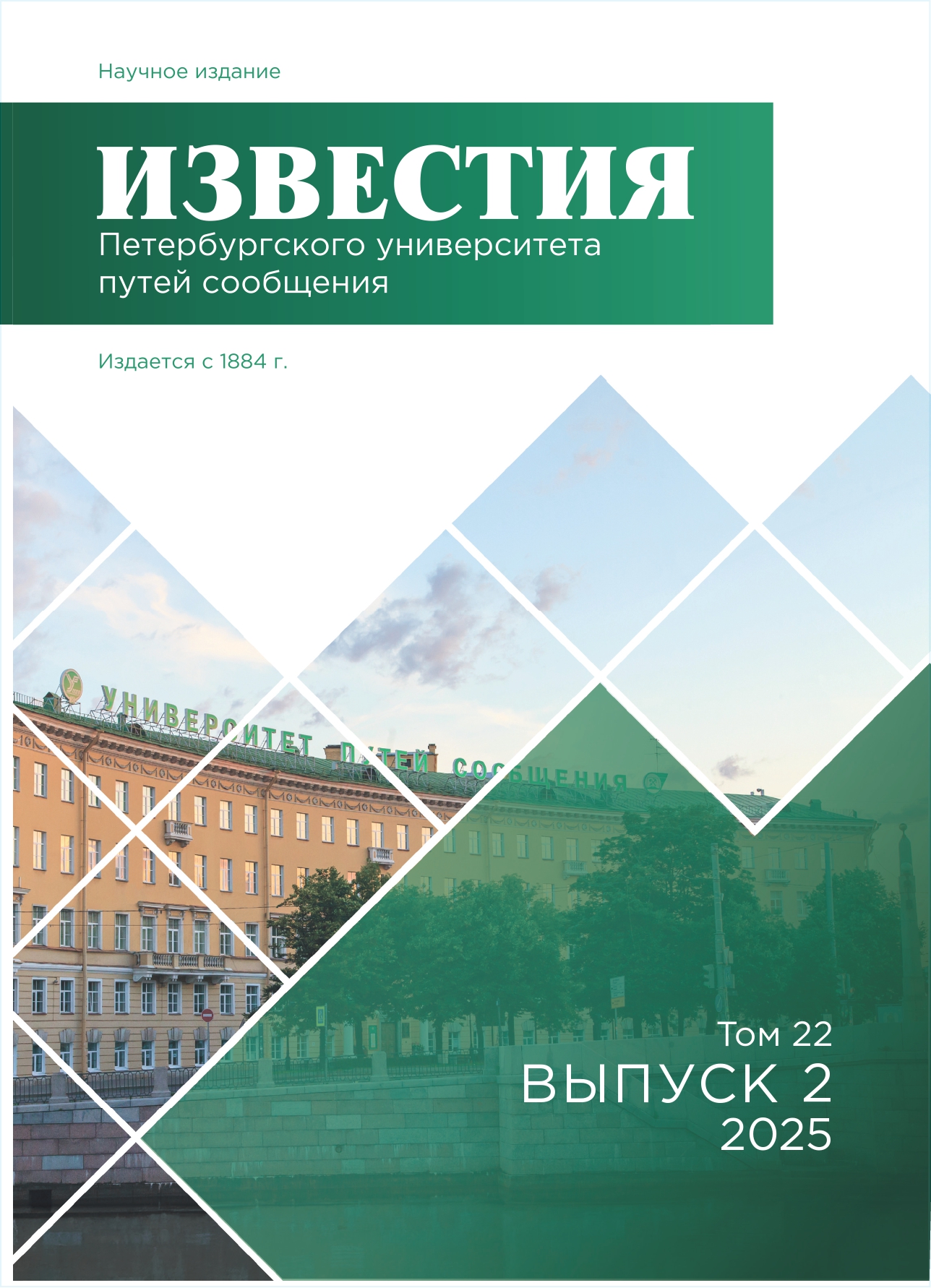Russian Federation
Russian Federation
Russian Federation
Purpose: To investigate the effect of concrete uniformity requirements on the accuracy of its strength characteristics; to identify the limitations of traditional strength control methods when working with high performance concretes. The particularities of the European and Russian regulatory approaches, the influence of the coefficient of variation on the reliability of the material classification and possible ways to improve the accuracy of control are considered. Methods: Methods of comparative analysis of regulatory documents and scientific publications in different countries, methods of mathematical statistics, and direct destructive tests of concrete samples for strength were used. Results: It has been found that as the concrete class increases, the influence of the coefficient of variation on the accuracy of classification, which can lead to errors in the classification of high strength concretes. The analysis of existing strength control methods has been carried out and their limitations have been identified. Differences in regulatory approaches between the European and Russian standards require the adaptation of control methods to modern requirements. It has been demonstrated that increasing the uniformity of concrete mixtures helps to increase the accuracy of design calculations and improve the operational characteristics of construction facilities. Practical significance: The results obtained can be used to improve concrete strength control methods, develop new regulatory requirements, and improve the reliability of concrete structures.
High-strength concrete, concrete homogeneity, compressive strength, quality control, coefficient of variation, test methods
1. EN 12390-3. Metody ispytaniy betona. Chast' 3. Opredelenie prochnosti na szhatie ispytyvaemyh obrazcov. EN 12390-3:2009+AC:2011.
2. Wu L. L. Exploring the compositional effect of ecofriendly ultra-high performance concrete on dynamic strength based on stacking algorithm and explainable artificial intelligence / L. L. Wu, D. L. Zou, Y. F. Hao // Developments in the Built Environment. — 2024. — 20. — 100574. — DOI:https://doi.org/10.1016/j.dibe.2024.100574.
3. Farooq F. Predictive modeling for sustainable highperformance concrete from industrial wastes: a comparison and optimization of models using ensemble learners / F. Farooq, W. Ahmed, A. Akbar, F. Aslam // J. Clean. Prod. — 2021. — 292. — 126032. — DOI:https://doi.org/10.1016/j.jclepro.2021. 126032.
4. Li Q. Prediction of compressive strength of rice husk ash concrete based on stacking ensemble learning model / Q. Li, Z. Song // J. Clean. Prod. — 2022. — 382. — 135279. DOI:https://doi.org/10.1016/j.jclepro.2022.135279.
5. Li P. P. Synergistic effect of steel fibres and coarse aggregates on impact properties of ultra-high performance 2025/2 Proceedings of Petersburg Transport University 506 Obschetehnicheskie zadachi i puti ih resheniya fibre reinforced concrete / P. P. Li, Y. Y. Y. Cao, M. J. C. Sluijsmans, H. J. H. Brouwers et al. // Cem. Concr. Compos. — 2021. — 115. — 103866. — DOI:https://doi.org/10.1016/j. cemconcomp.2020.103866.
6. Yu Q. Research progress on the dynamic compressive properties of ultra-high performance concrete under high strain rates / Q. Yu, W. Zhuang, C. Shi // Cem. Concr. Compos. — 2021. — 124. — 104258. — DOI:https://doi.org/10.1016/j.cemconcomp. 2021.104258.
7. Zhuang W. The effect of supplementary cementitious material systems on dynamic compressive properties of ultrahigh performance concrete paste / W. Zhuang, S. Li, Q. Yu // Construct. Build. Mater. — 2022. — 321. — 126361. — DOI:https://doi.org/10.1016/j. conbuildmat.2022.126361.
8. Belencov Yu. A. Vliyanie tochnosti kontrolya na kachestvo vozvodimyh konstrukciy / Yu. A. Belencov, M. S. Abu-Hasan / BST: Byulleten' Stroitel'noy Tehniki. — 2021. — № 10. — S. 20–23.
9. SP 63.13330.2018. Betonnye i zhelezobetonnye konstrukcii. Osnovnye polozheniya.
10. GOST 18105—2018. Betony. Pravila kontrolya i ocenki prochnosti.
11. GOST 31914—2012. Betony vysokoprochnye tyazhelye i melkozernistye dlya monolitnyh konstrukciy. Pravila kontrolya i ocenki kachestva.
12. Tur V. V. O primenenii kriteriev sootvetstviya prochnosti betona soglasno STB EN 206-1-2000 / V. V. Tur, S. S. Derechennik, A. S. Derechennik // Problemy sovremennogo betona i zhelezobetona: sb. nauch. tr. / In-t BelNIIS; redkol.: M. F. Markovskiy i dr. — Minsk, 2012. — Vyp. 4. — S. 152–176.
13. Beal A. N. Concrete strength testing — are the code writers getting it right? / A. N. Beal // The Structural Engineer. — 19 May 2009. — Vol. 87(10). — P. 73.
14. Beal A. N. Concrete Cube Strength — what use are Statistics? / A. N. Beal // ICE Proc. — December, 1981. — Part 2. — Pp. 1037–1048.
15. Neville A. M. Core Tests: Easy to Perform, not Easy to Interpret / Concrete International. — November 2001. — Pp. 57–68.
16. Belencov Yu. A. Metrologicheskoe obespechenie kontrolya kachestva betonov dlya obespecheniya raschetnogo urovnya nadezhnosti stroitel'noy produkcii / Yu. A. Belencov, M. S. Abu-Hasan, V. V. Egorov, L. R. Kuprava // BST: Byulleten' Stroitel'noy Tehniki. — 2021. — № 4. — S. 34–36.
17. GOST R 53231—2008. Betony. Pravila kontrolya i ocenki prochnosti.









